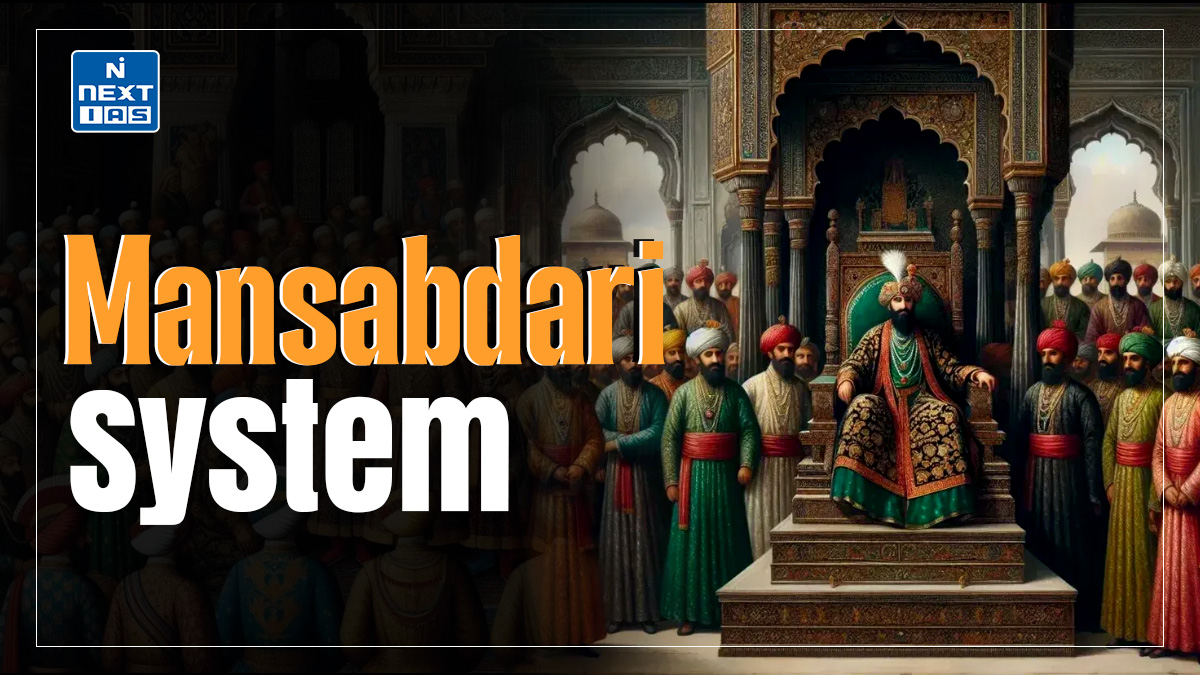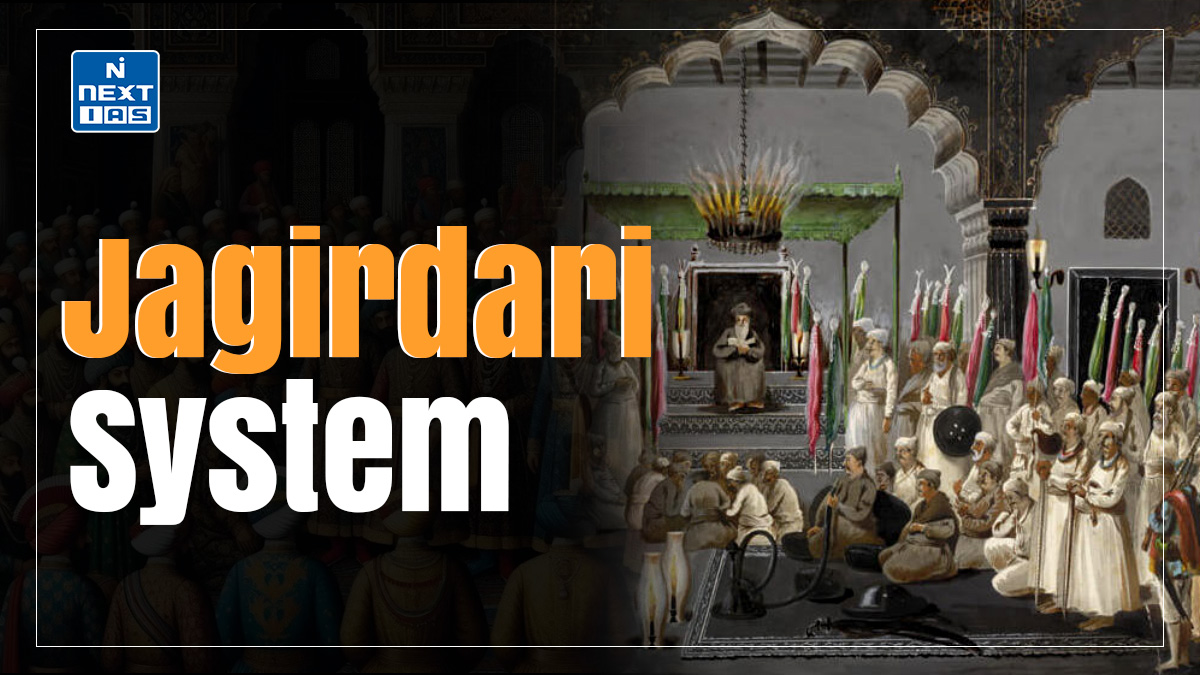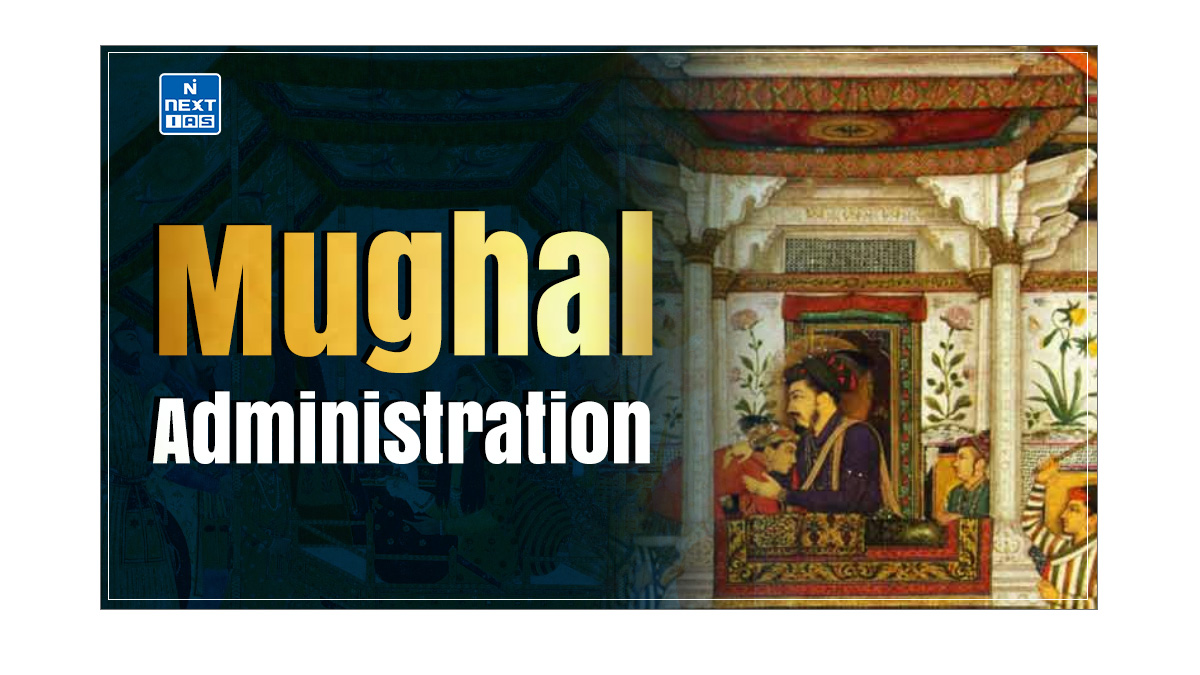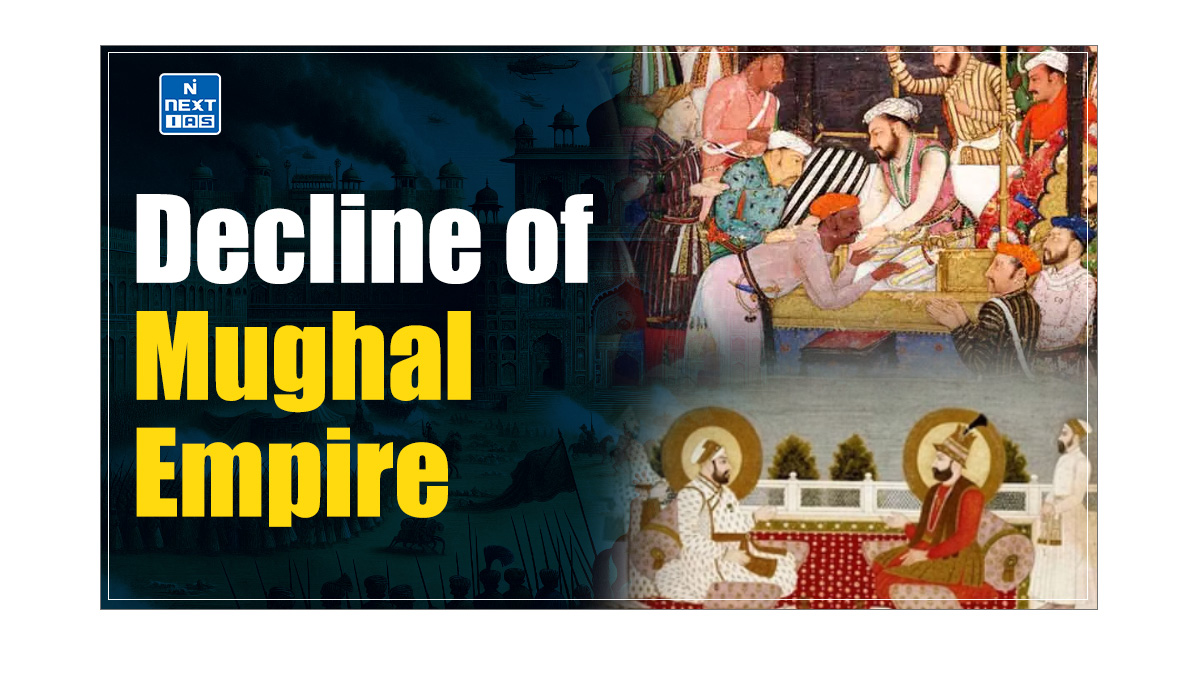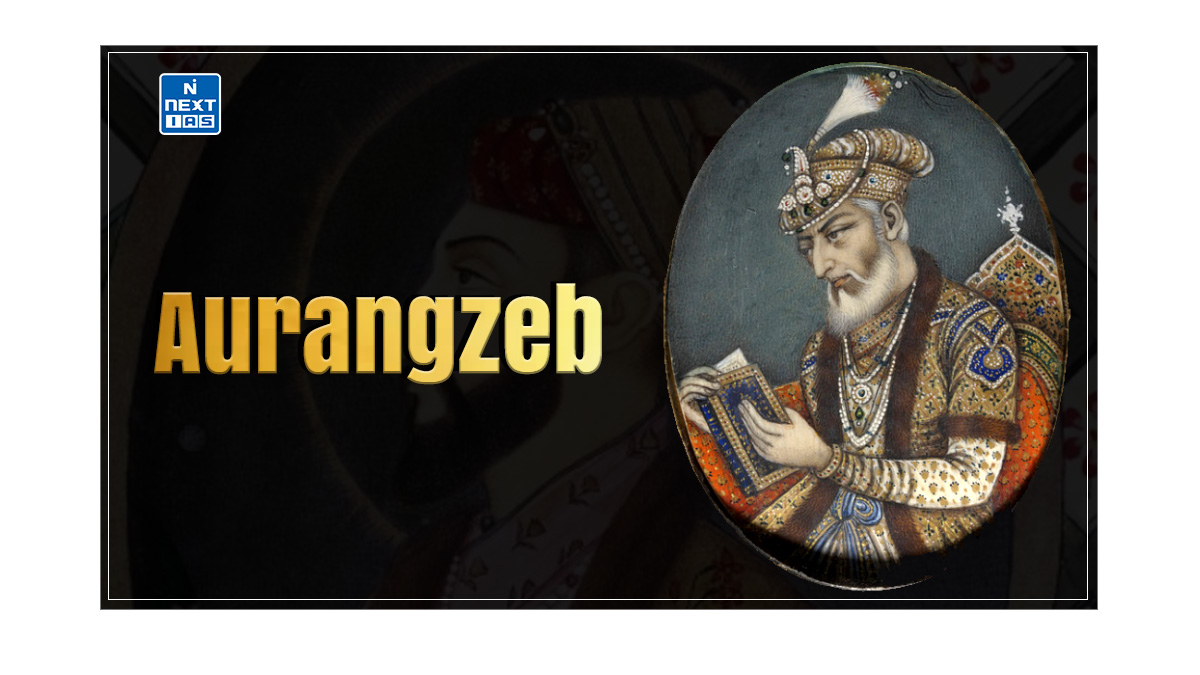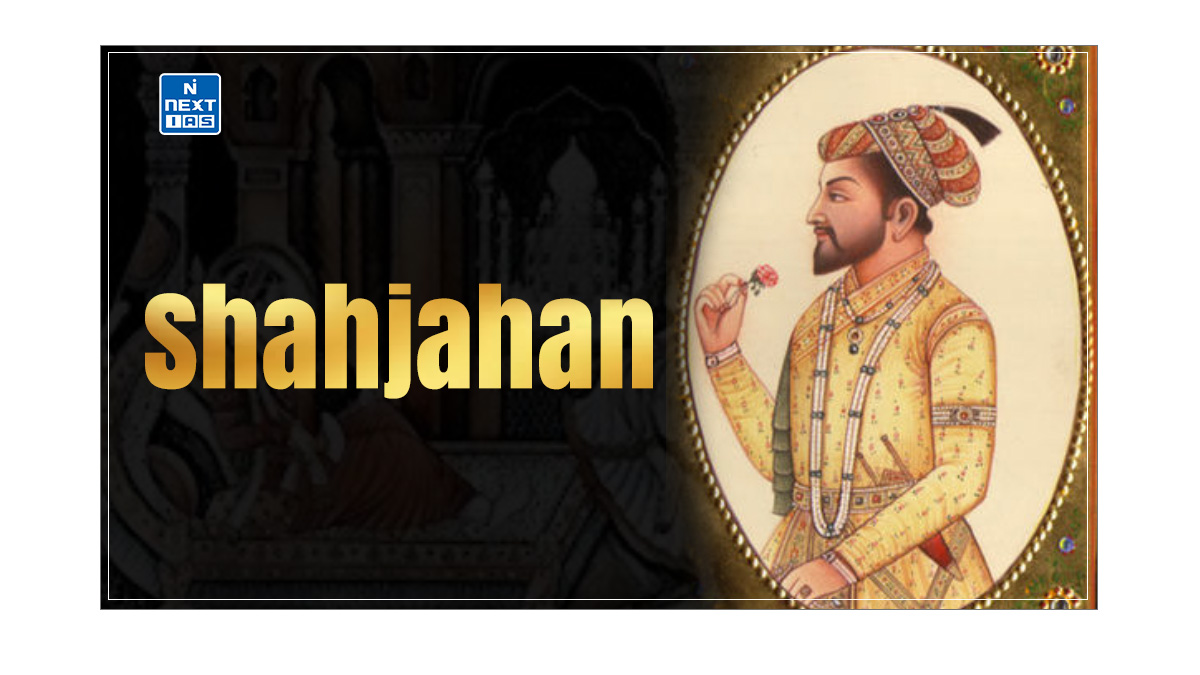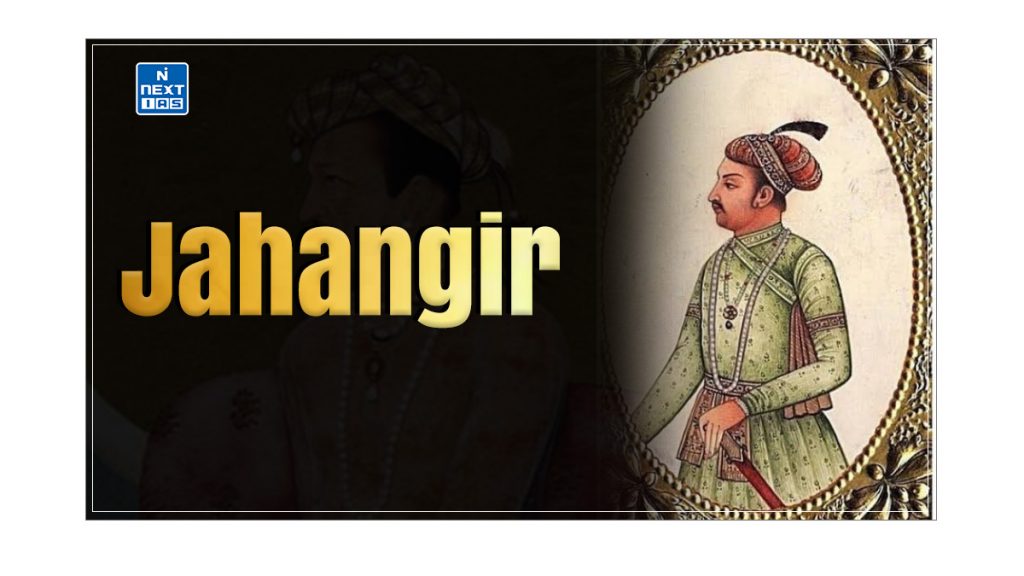
Jahangir was the fourth Mughal emperor, ruling from 1605 to 1627, known for his patronage of art and culture. His reign is significant for its contributions to the Mughal artistic legacy and for continuing the policies of religious tolerance established by his father, Akbar. This article aims to study in detail the life, achievements, and legacy of Jahangir.
About Jahangir
- Jahangir, the fourth emperor of the Mughal dynasty, ruled from 1605 to 1627.
- Born as Nur-ud-din Muhammad Salim, he was the son of Akbar the Great and Empress Mariam-uz-Zamani.
- Jahangir is often remembered for his contributions to art and culture, the consolidation of the Mughal Empire, and his turbulent personal life and political challenges.
Read our detailed article on the Mughal Empire, Babur, Humayun, Akbar, Shah Jahan, Aurangzeb, Mughal Administration, Mansabdari System, Jagirdari System and Decline of the Mughal Empire.
Early Life and Ascension of Jahangir
- Jahangir was born on August 31, 1569, in Fatehpur Sikri.
- His upbringing was marked by the grandeur of the Mughal court and the influence of his father, Akbar, who was known for his policies of religious tolerance and cultural patronage.
- Despite his privileged background, Jahangir faced challenges, including a strained relationship with his father and struggles with substance abuse.
- After Akbar died in 1605, Jahangir ascended to the throne. His reign was characterised by continuing Akbar’s policies, but he also sought to establish his identity as a ruler.
Political Landscape during Jahangir’s Reign
Several significant political events marked Jahangir’s reign:
- Consolidation of Power: Jahangir inherited a vast empire but faced challenges in consolidating his power.
- He had to contend with powerful nobles, including his half-brother, and regional uprisings.
- Relations with the British: Jahangir established diplomatic ties with the British, which laid the groundwork for future colonial interactions.
- The English East India Company was granted permission to trade in the Mughal Empire during his reign.
- Conflict with the Deccan Sultanates: Jahangir continued military campaigns against the Deccan Sultanates, seeking to expand Mughal influence in southern India.
Cultural Patronage during Jahangir’s Reign
Jahangir is often celebrated for his contributions to art and culture:
- Artistic Legacy: Jahangir was a great patron of the arts, encouraging painters and artisans to create works that combined Persian and Indian styles.
- His court became a centre for miniature painting, with artists like Mansoor and Abul Hasan producing stunning works.
- Architecture: Though he did not undertake large-scale architectural projects like his father or son, Jahangir commissioned several notable structures, including the beautiful Shah Jahan Mosque in Thatta and the tomb of his beloved wife, Nur Jahan.
- Literature and Philosophy: Jahangir was also an admirer of literature and philosophy.
- His autobiography, the Tuzk-e-Jahangiri, provides insights into his thoughts, experiences, and ruling challenges.
Religious Policies of Jahangir
- Jahangir continued his father’s religious tolerance policy but faced challenges from orthodox elements within the empire.
- He supported the arts and literature from various religious backgrounds and engaged in dialogues with different faiths.
- However, his reign also saw the emergence of conservative forces that sought to limit this pluralism.
Jahangir Painting
- Jahangir’s reign marked a significant period in Mughal painting. He had a profound appreciation for art and sought to elevate it to new levels of sophistication.
- Jahangir’s Paintings emphasised realistic portraiture, intricate details, and vivid colours. They often depicted court life, nature, and symbolic themes.
- Jahangir encouraged artists to experiment with European techniques like perspective and shading, blending them with traditional Persian and Indian styles.
- He was especially fond of naturalistic representations, commissioning paintings of flora, fauna, and exotic animals from lands beyond India.
- His patronage made the Mughal atelier one of the most celebrated art studios in the world, influencing Indian painting for generations.
Legacy of Jahangir
- Jahangir’s legacy is complex. He is remembered for his contributions to art and culture and his efforts to maintain the Mughal Empire’s grandeur.
- His reign marked a period of artistic flourishing, and his policies laid the groundwork for the continued expansion and prosperity of the Mughal Empire under his son, Shah Jahan.
- Despite his challenges, Jahangir’s commitment to artistic and cultural patronage left a lasting impact, making him a significant figure in Mughal history.
Conclusion
Jahangir was a ruler who blended personal passion with political duty, embodying the complexities of the Mughal Empire during his reign. His contributions to art, culture, and diplomacy helped shape the trajectory of the empire, ensuring that his legacy would endure long after he died in 1627. Through his life and reign, Jahangir remains an intriguing figure in the annals of history, representing both the heights of Mughal culture and leadership challenges.
Frequently Asked Questions (FAQs)
What is Jahangir most famous for?
Jahangir is most famous for his contributions to Mughal art, particularly painting, his love of nature, his administrative policies aimed at justice, and his efforts to strengthen the empire through diplomacy and cultural patronage.
Who is Jahangir in history?
Jahangir was the fourth Mughal emperor of India, ruling from 1605 to 1627, and was the son of Emperor Akbar.
Who is Jahangir’s son?
Jahangir’s son was Shah Jahan, who later became the fifth Mughal emperor and is known for building the Taj Mahal.
Who is Jahangir’s wife?
Jahangir’s most famous wife was Nur Jahan, an influential queen known for her political acumen and impact on Mughal court life.
